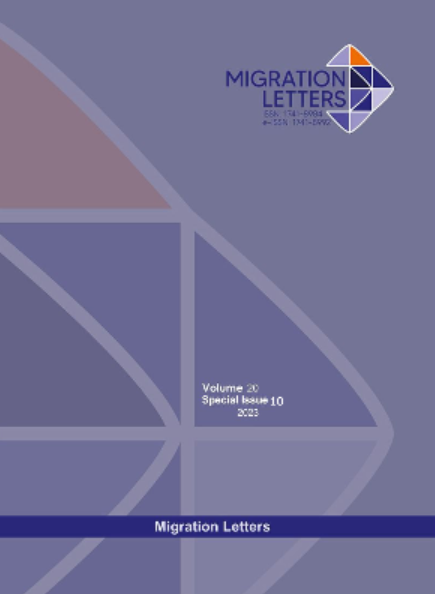Salmonella Prevalence in Fresh Cheese and its Incidence in Public Health
DOI:
https://doi.org/10.59670/ml.v20iS10.5361Abstract
Fundamentals: Salmonellosis is a bacterial infectious disease and dangerous to humans. It is caused by Salmonella Typhy and paratyphy resulted from eating contaminated food. The objective of this study was to demonstrate the prevalence of Salmonella in fresh artisanal cheeses.
Methods: 25 grams of each sample were weighed and homogenized in 225 ml of simple lactosate broth which was incubated for 24 h at 37ºC. Then 1 ml of pre-enrichment culture was transferred in selenite-cystine broth and 1 ml in tetrathionate broth for selective enrichment. Both tubes were incubated at 37°C/24hours. From these, the culture was streaked on Salmonella - Shigella agar and bismuth sulfite agar and incubated both in inverted position at 37°C/24hours.
Results: The cheese microbiological analysis reported values ranging from absence to 280666.67 CFU/g of Salmonella. The results obtained showed that the presence of Salmonella was 80% prevalent in the fresh artisanal cheeses analyzed which are sold in the public markets of Riobamba City.
Conclusions: Eight out of the ten brands analyzed showed the presence of Salmonella showing the unsafe practices during the artisanal cheese manufacture, transportation without cold chain and marketability without refrigeration in four public markets.
Metrics
Downloads
Published
How to Cite
Issue
Section
License

This work is licensed under a Creative Commons Attribution-NonCommercial-NoDerivatives 4.0 International License.
CC Attribution-NonCommercial-NoDerivatives 4.0






